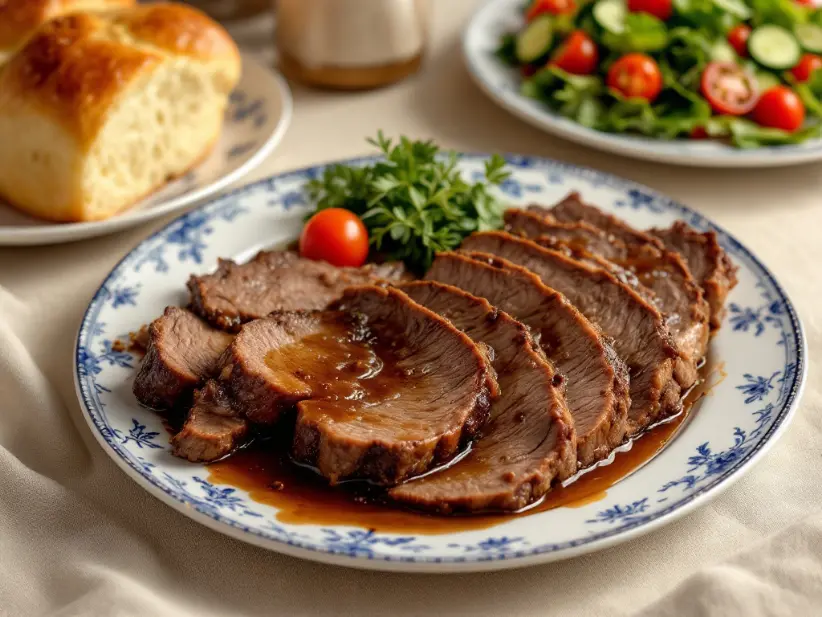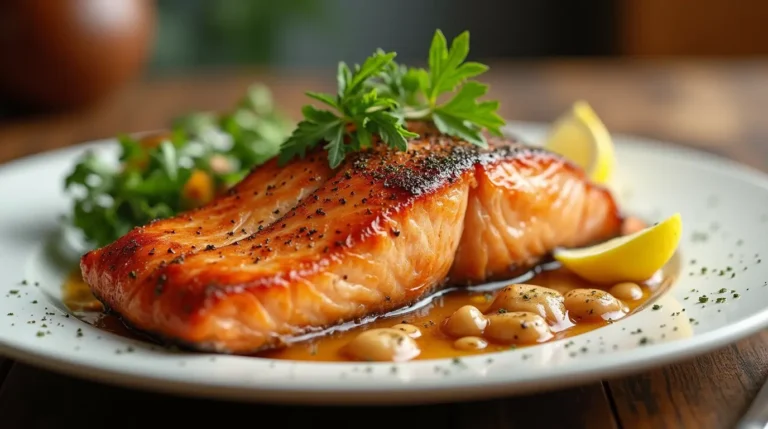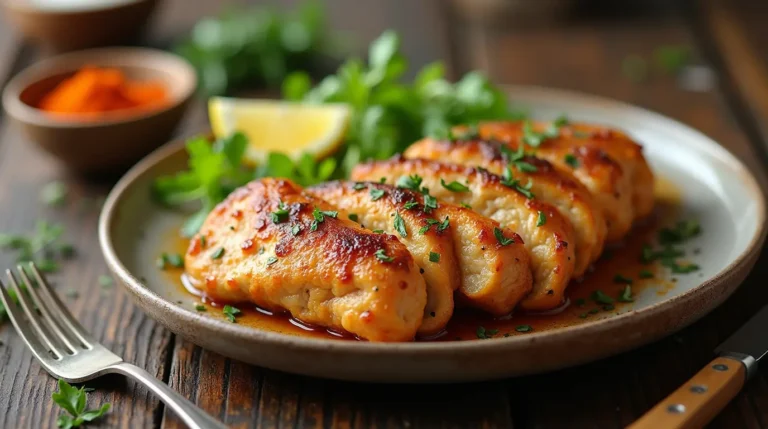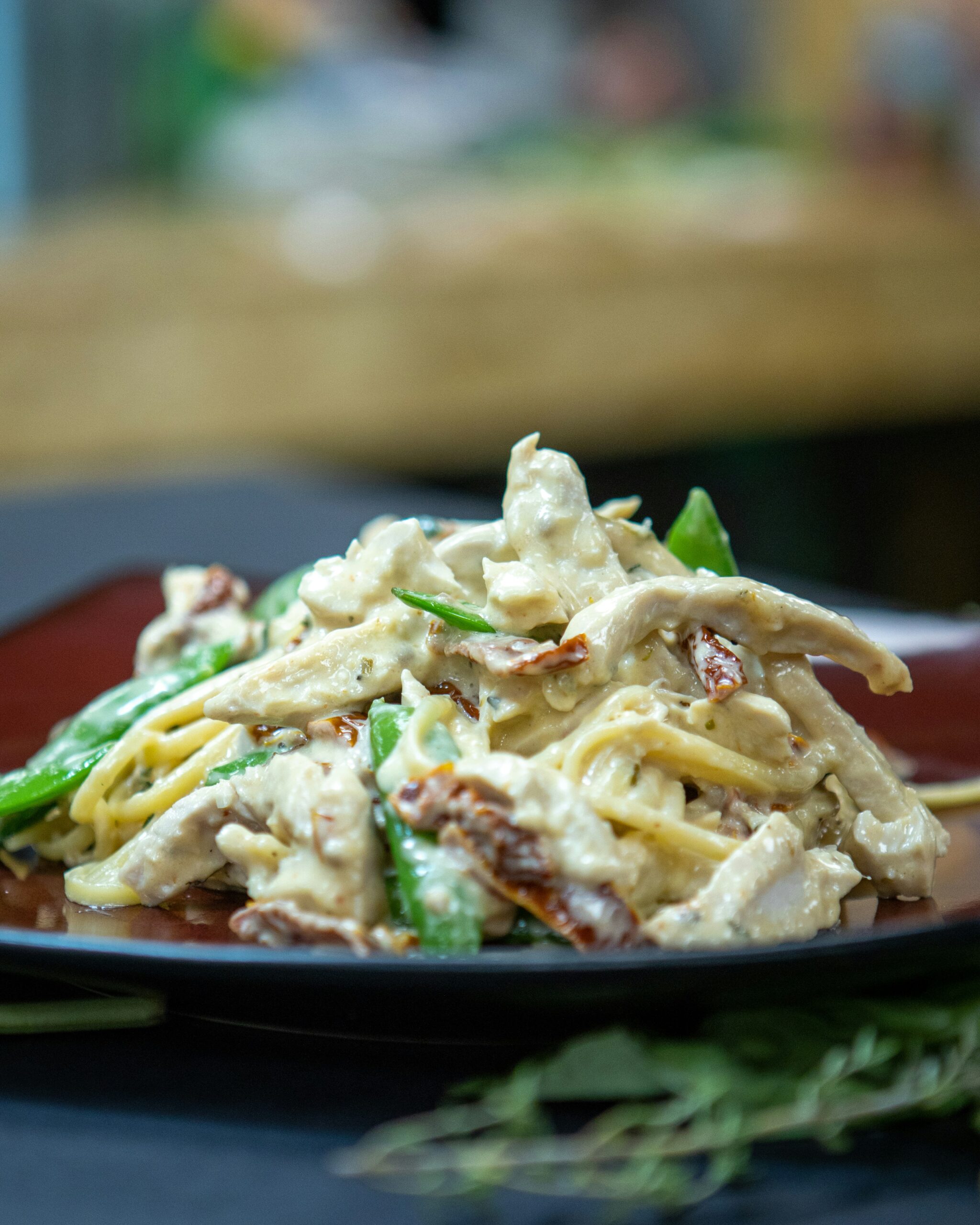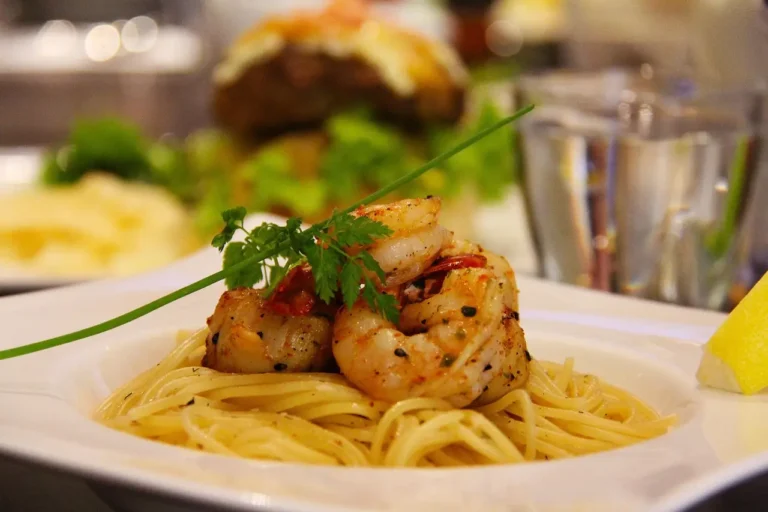Best Jewish Shabbat Dinner Recipe: A Complete Guide in 2025
Table of Contents
Preparing a Jewish Shabbat dinner can often present a mix of excitement and challenges. Many individuals face the task of curating a memorable meal that not only honors tradition but also fosters a sense of togetherness and connection among family members. The pressure to create a meaningful Shabbat experience can sometimes feel overwhelming, making the process less enjoyable than anticipated. However, with the right recipes and some thoughtful planning, families can gather around the table to share delightful meals that strengthen their bonds and celebrate their heritage.
Having grown up in a home where Shabbat dinners were a cherished ritual, I understand the importance of these gatherings. My family would come together each week to relish in lovingly prepared dishes, share stories, and partake in the beautiful traditions that define our culture. These experiences have instilled in me a passion for Jewish culinary practices, particularly those surrounding the weekly Shabbat. Through this guide, we aim to simplify your journey towards preparing an exceptional Shabbat dinner, equipped with recipes that highlight the rich flavors of Jewish cuisine.
This Jewish Shabbat dinner Recipes will delve into various essential aspects of a successful Shabbat dinner. Readers will find carefully curated recipes ranging from traditional challah bread to delectable main courses and sides that embrace the essence of the occasion. Additionally, practical tips for meal preparation will be provided, ensuring that even those who may be new to these customs can navigate them with confidence. The importance of dinner traditions will also be explored, emphasizing how these practices enhance the spiritual and familial connections during Shabbat. As we embark on this culinary journey together, may we all find joy and inspiration in making our Shabbat dinners memorable experiences.
Why This Jewish Shabbat Dinner Works
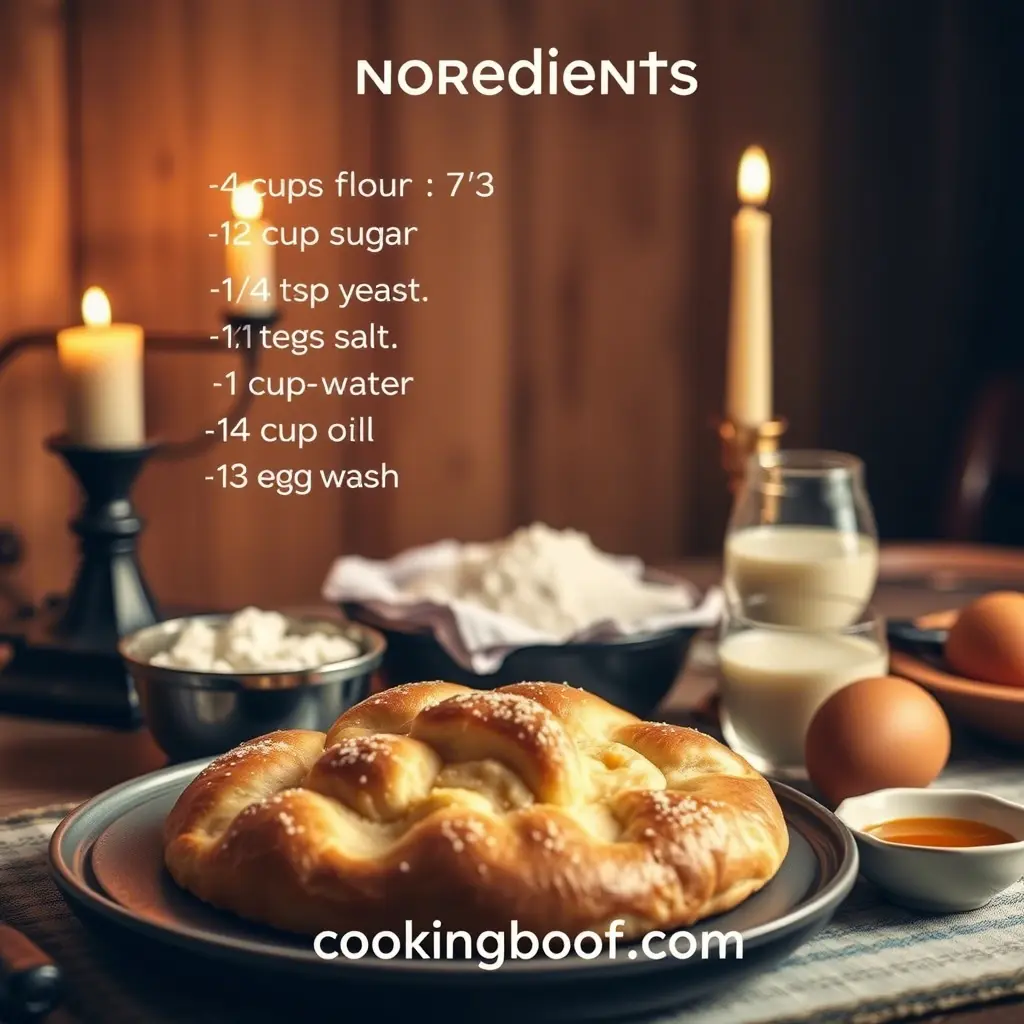

The significance of flavors and convenience in preparing a Jewish Shabbat dinner cannot be overstated. This celebration is marked by particular culinary customs, with dishes that evoke tradition while offering versatility suitable for various occasions. Recipes featured in this guide are crafted to honor authentic Jewish cuisine while being adaptable for weeknight meals or festive gatherings, making them a staple for many households.
Jewish Shabbat dinners are characterized by a few key elements that elevate the dining experience:
- Traditional Ingredients: The use of time-honored elements such as challah, matzo ball soup, and brisket hearkens back to generations of family recipes. These ingredients not only bring about a sense of nostalgia but also form the backbone of many Jewish holidays.
- Versatility: While rooted in tradition, the recipes allow for adaptation to suit contemporary dietary needs. Whether one is seeking vegetarian options or gluten-free alternatives, the instructions can easily be modified without compromising the integrity of the meal.
- Convenience: Many Shabbat dinner recipes are structured to allow for seamless preparation. Dishes can often be made in advance, allowing hosts to engage with guests rather than spend the evening in the kitchen. This ease makes hosting a Shabbat dinner less daunting and more enjoyable.
- Culinary Customs: Respect for culinary customs plays a crucial role in the appeal of these recipes. They don’t just serve to nourish but also to enrich the Shabbat experience, creating an ambiance of warmth and connection among diners.
- Unique Cooking Methods: The variety of cooking techniques, ranging from slow-cooking to roasting, brings depth of flavor to each dish, ensuring that every Shabbat dinner is a feast to remember.
Incorporating these essential aspects makes the Jewish Shabbat dinner a multifaceted culinary experience that deepens family bonds and enhances the celebration of tradition.
Choosing the Right Meat Jewish Shabbat dinner
When planning a Jewish Shabbat dinner, selecting the right meat is a fundamental aspect that can greatly influence the meal’s overall success. The type of meat chosen plays a crucial role in the flavor profiles of traditional recipes, ensuring authenticity and satisfaction for guests. For many traditional dishes, specific cuts of meat are favored based on their characteristics, cooking methods, and cultural significance.
One highly recommended cut of meat for Shabbat is the brisket. This cut is known for its rich flavor and tenderness when slow-cooked, making it an ideal choice for dishes such as braised brisket. The marbling in the brisket adds depth to the flavor and helps retain moisture, resulting in succulent slices that pair beautifully with traditional sides like potato kugel and challah. Another favored cut is the shoulder or chuck roast, which also benefits from slow cooking and is perfect for hearty stews or pot roasts, providing a robust flavor that enhances the Shabbat dinner experience.
When purchasing meat, it is essential to look for high-quality options. Buyers should inspect the meat for color, texture, and fat distribution. Fresh meat should display a vibrant color and firm texture, while an even marbling will signal good quality. Additionally, sourcing meat from local butchers or reputable markets can ensure the best selection and freshness.
For those with dietary restrictions or availability issues, there are suitable meat substitutes. For instance, the use of turkey or chicken can be a lighter alternative while still maintaining the essence of traditional Shabbat meals. Plant-based substitutes, such as seitan or tofu, also provide options for vegetarians, allowing them to enjoy the festive nature of Shabbat dinner without compromising their dietary preferences.
Essential Ingredients for a Memorable Shabbat Dinner
Shabbat dinner, a sacred ritual within Jewish culture, centers around a variety of essential ingredients that elevate this weekly occasion. These elements not only contribute to the flavors of the meal but also carry deep cultural significance, enhancing the welcoming atmosphere that characterizes Shabbat. One of the most iconic ingredients is challah bread, a braided loaf typically enjoyed during the meal. The preparation of challah is steeped in tradition, as it symbolizes unity and is often blessed before the meal begins, marking the transition into the holy day.
Another fundamental ingredient is wine, which plays a crucial role in the Kiddush blessing, recited at the outset of the Shabbat dinner. The act of sharing wine among family and friends fosters a sense of community and celebration. For those who may prefer alternatives, grape juice serves as a suitable substitute while still honoring the tradition.
Traditionally, the main course might include dishes such as brisket, roasted chicken, or fish, each infused with savory herbs and spices. Brisket, often slow-cooked to yield tenderness, brings warmth and comfort, making it a favorite among families. On the other hand, roasted chicken is beloved for its versatility, easily taking on various flavor profiles depending on the accompanying seasonings.
On the side, various vegetable dishes such as tzimmes (a sweet carrot and fruit stew) or kugel (a pudding typically made from noodles or potatoes) are frequently served. These side dishes reflect the diversity of Jewish culinary traditions, providing a spectrum of flavors and textures. Additionally, fresh vegetables and salads are essential, offering a refreshing contrast that can balance richer fare.
Lastly, dessert options commonly embrace traditional sweets like honey cake or rugelach, embodying the essence of Shabbat with their delightful flavors. Each chosen ingredient plays a vital role in creating a celebratory atmosphere that honors Jewish heritage and fosters togetherness, ensuring that the Shabbat dinner is a noteworthy occasion for all involved.
Traditional Jewish Shabbat dinner Recipes
Shabbat dinner holds a special place in Jewish culture, serving as a time for family, reflection, and cherished culinary traditions. Among the array of dishes prepared for this weekly celebration, several recipes stand out as essential staples. These traditional Shabbat dinner recipes not only evoke a sense of nostalgia but also enhance the communal experience with their unique flavors and textures.
One of the most prominent features of a Shabbat dinner is the Challah, a braided bread often blessed and served at the beginning of the meal. This bread is soft and slightly sweet, making it perfect for dipping in honey or accompanying savory dishes. The preparation involves braiding strands of enriched dough, which can be further enhanced by the addition of sesame or poppy seeds for a delightful crunch.
The main course frequently consists of Brisket, a slow-cooked beef dish that is tender and flavorful. Marinated in a combination of onions, garlic, and a rich broth, this dish symbolizes warmth and togetherness. There are numerous variations of brisket recipes, some adding a splash of red wine or a hint of spices to modernize the classic flavor, ensuring it caters to both traditional and contemporary tastes.
Accompanying these main dishes, you may also find Kugel, a baked casserole traditionally made with egg noodles or potatoes. The sweet or savory versions of kugel incorporate ingredients such as apples, cinnamon, or even vegetables, exemplifying creativity within tradition. Each family often has its own unique twist on this dish, passed down through generations.
Lastly, no Shabbat dinner would be complete without delectable sides like Tzimmes, a sweet stew made from carrots, sweet potatoes, and sometimes dried fruits. This dish combines the sweetness of honey and natural sugars with a comforting texture, embodying the spirit of Shabbat. Together, these traditional recipes create a meal filled with love, tradition, and a shared experience that families look forward to every week.
Tips for Preparing Ahead Jewish Shabbat dinner
Preparing for a Jewish Shabbat dinner can be a rewarding experience, but it often involves significant planning and effort. To streamline the cooking and preparation process, consider organizing your meal prep ahead of time. Efficient meal prep not only reduces stress on the day of the dinner but also allows more time to enjoy the company of family and friends.
One effective strategy is to marinate meats in advance. By allowing proteins to soak in flavorful marinades the night before, you enhance their taste Jewish Shabbat dinner and tenderness. Similarly, chopping and preparing vegetables prior to Shabbat will save you valuable time. You can wash, peel, and cut vegetables into the desired shapes, storing them in airtight containers in the refrigerator. This not only expedites the cooking process on the day of the dinner but also helps in managing your time efficiently.
When it comes to side dishes or desserts, consider making them a day or two in advance. Dishes like kugel or challah can be prepared ahead of time and stored in the fridge or freezer. Reheating them on Shabbat can be both an easy and delicious way to save time. Baking items in bulk can also yield leftovers for future meals, allowing for efficient utilization of ingredients.
For items that are best served fresh, consider creating a well-thought-out schedule. Make a list of tasks and prioritize them based on cooking times and complexity. Start with dishes that require longer cooking times and move towards those that can be assembled quickly. By having a clear plan, you can efficiently maximize your time in the kitchen, leading to an enjoyable and stress-free Shabbat meal. Storing prepared items, such as soups or casseroles, in the freezer allows you to pull them out at a moment’s notice, enriching your Shabbat experience with homemade meals without the added pressure.
Creating a Welcoming Atmosphere
The atmosphere of a Jewish Shabbat dinner plays a crucial role in enhancing the overall dining experience. The essence of Shabbat is deeply rooted in tradition, and this is beautifully reflected in the way the table is set, the lighting used, and the decorations chosen. Each element contributes to an ambiance that fosters connection, reflection, and celebration among family and friends.
A thoughtfully arranged table is the centerpiece of any Shabbat dinner. Consider using a tablecloth in rich colors that symbolize joy and festivity, such as deep blues or warm golds. Decorative plates and exquisite cutlery can add elegance, while unique Shabbat candlesticks, which hold the Shabbat candles, should be prominently displayed. The act of lighting the candles marks the beginning of Shabbat and is a meaningful ritual that brings an air of solemnity and warmth.
In addition to table settings, lighting is key to creating a welcoming atmosphere. Soft, ambient lighting can evoke a sense of tranquility, allowing diners to engage in heartfelt conversations. The glow from the Shabbat candles enhances this peaceful aura, promoting unity and family closeness. It is advisable to dim the overhead lights, thus allowing the candlelight to create an inviting glow.
Decorative elements that reflect Jewish traditions can further enrich the Shabbat experience. Consider incorporating floral arrangements, traditional symbols such as the challah cover, or even personalized place cards that reflect the guest’s personality. These thoughtful details can make every attendee feel special and appreciated, reinforcing the values of hospitality and togetherness that are integral to the Shabbat celebration.
Ultimately, by carefully considering the aspects of table settings, lighting, and decorations, one can craft a welcoming atmosphere that honors tradition and promotes a sense of belonging for all who gather around the table. This attention to detail not only enhances the Shabbat dinner but also deepens the connections formed during this sacred time.
FAQs About Jewish Shabbat Dinner
Planning a Jewish Shabbat dinner can bring about many questions and concerns. This section addresses commonly asked questions to help guide hosts and guests through this enriching experience.
What is the significance of Shabbat dinner?
Shabbat dinner marks the beginning of Shabbat, the Jewish day of rest. It is an opportunity for families and friends to gather, celebrate, and reflect. This weekly ritual emphasizes community, spirituality, and rest, allowing participants to disconnect from the weekly routine and rejuvenate.
What dress code should be followed?
The dress code for a Jewish Shabbat dinner can vary based on community customs. Generally, attendees are encouraged to dress modestly and elegantly. For men, this might mean wearing dress shirts and trousers, while women often opt for dresses or skirts. The key is to show respect for the occasion, as Shabbat is considered a day of holiness.
What food is traditionally served during Shabbat dinner?
Shabbat dinners often feature traditional dishes such as challah bread, gefilte fish, matzo ball soup, brisket, and kugel. However, there is flexibility based on family preferences and regional cuisines. The focus should be on wholesome, flavorful dishes that enhance the gathering experience.
Do I need to prepare food in advance?
Yes, it is customary to prepare and cook all meals before sunset on Friday, the start of Shabbat. Cooking is prohibited during this time, so planning and preparation are crucial. This can alleviate stress and allow hosts to enjoy the evening with their guests.
Can non-Jewish guests attend a Shabbat dinner?
Absolutely! Shabbat dinners are often open to friends and family, regardless of their religious background. Invitations to non-Jewish guests can enhance the experience by fostering interfaith dialogue and cultural appreciation.
Overall, understanding the customs surrounding a Jewish Shabbat dinner can help ease any trepidation about hosting or attending. By addressing these common questions, individuals can feel more confident in their preparation and participation.
Conclusion: Jewish Shabbat dinner
Jewish Shabbat dinners have long been a cherished tradition that brings families and communities together in a spirit of connection and celebration. The rituals and recipes have been passed down through generations, allowing individuals to honor their heritage while creating lasting memories around the dinner table. The joy of a Shabbat meal lies not only in the delectable dishes prepared but also in the atmosphere of warmth and togetherness that surrounds it.
As we explored various Jewish Shabbat dinner recipes throughout this guide, it becomes evident that these culinary practices provide an opportunity for personal expression. While traditional foods like challah and brisket carry significant meaning, incorporating modern twists can help individuals infuse their own identities into these classic recipes. This fusion of tradition and innovation encourages creativity while respecting the foundations of Jewish culture. Whether it’s experimenting with seasonal ingredients or adapting age-old recipes to accommodate dietary preferences, the possibilities are endless.
Ultimately, Jewish Shabbat dinners are not just about the food; they are about the connections made and the traditions celebrated. As readers incorporate these recipes into their lives, they contribute to a rich tapestry of cultural practices that celebrate diversity and unity within the Jewish community. May these Shabbat dinners continue to serve as a source of joy, love, and togetherness for generations to come.
Did You Try Our Recipe ?
help Recipes
Meat Feast – Where Meat Becomes Art!

